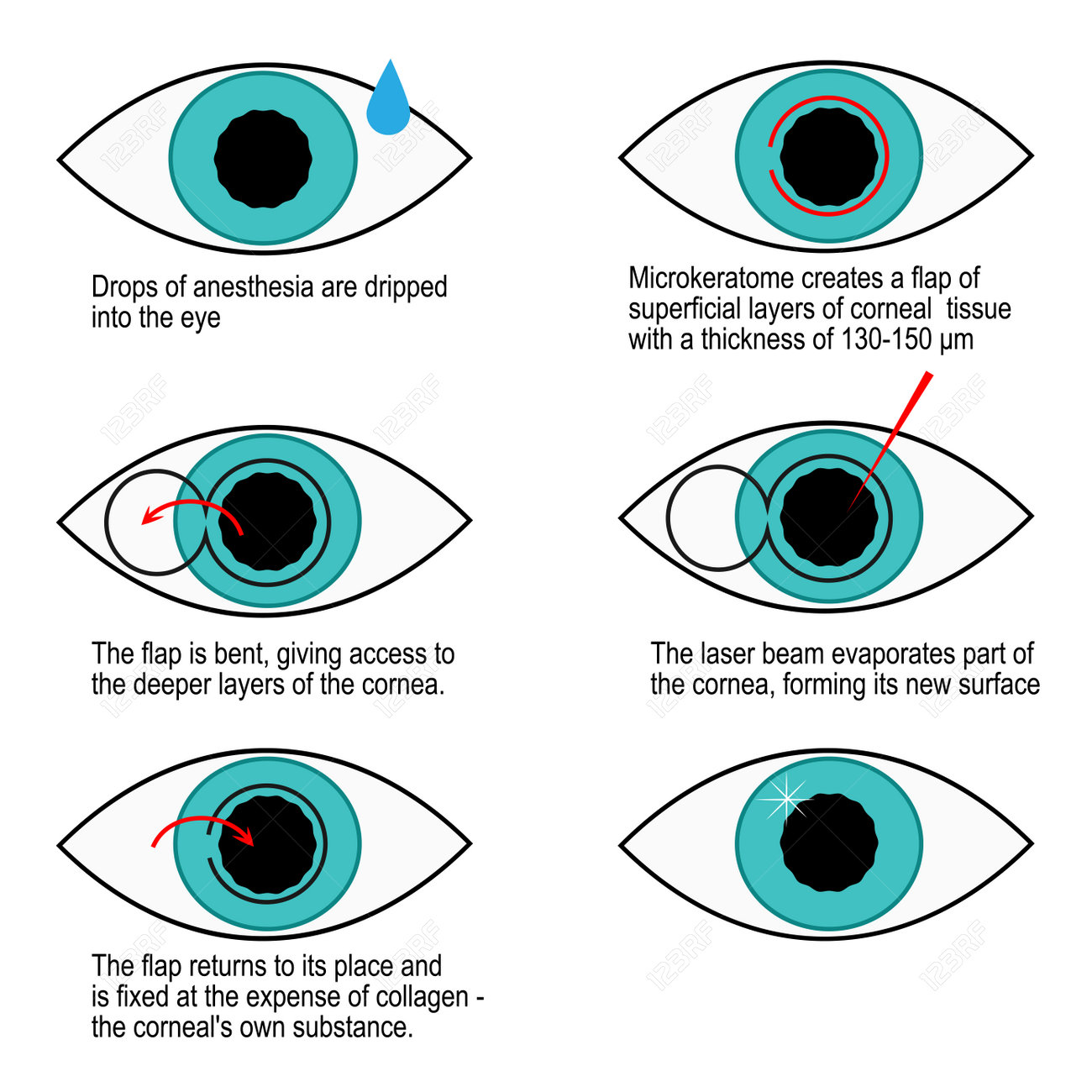As a cataract cosmetic surgeon, your day starts with an extensive eye examination, where you examine patients' vision and lens quality. You understand how vital it is to determine cataracts accurately. As soon as detected, you get ready for surgical procedure, guaranteeing every information is represented. But the challenge does not end there. The genuine trip unravels in the operating room, where precision is key. What takes place next might specify an individual's visual future.
The Diagnostic Process: Identifying Cataracts
When it concerns diagnosing cataracts, quality is vital. You'll start with a thorough eye exam, where you'll examine visual acuity and look for any type of signs of cloudiness in the lens.
Throughout this procedure, you'll use customized tools, such as a slit light, to get a thorough sight of the eye's structure. You'll additionally perform a dilated eye test to evaluate the lens and retina more thoroughly.
Gathering https://www.sciencedaily.com/releases/2007/04/070418115244.htm is critical, as it assists determine threat variables like age, diabetic issues, or previous eye injuries.
After evaluating the results, you'll determine the visibility and extent of cataracts. This precise strategy ensures you supply the best recommendations for therapy, establishing the stage for the next action in their treatment.
The Procedure: Accuracy at work
After detecting cataracts and discussing therapy alternatives, you get ready for the procedure, where precision is paramount.
You go into the operating room, donning sterile handwear covers and a mask. The individual rests comfortably under intense lights, all set for the improvement.
You start by administering local anesthesia, ensuring they really feel no pain. With a steady hand, you make a tiny cut in the cornea, using advanced strategies to remove the gloomy lens.
You carefully insert the artificial intraocular lens, straightening it flawlessly for optimum vision. Throughout the treatment, you monitor vitals and change as required, preserving focus on the task.
In simply a short time, you'll have restored your client's sight, a gratifying end result for both of you.
Post-Operative Treatment: Making Certain Optimum Healing
When the surgical procedure is full, your role changes to guaranteeing the person's smooth recuperation.
You'll begin by giving clear post-operative instructions, emphasizing the importance of wearing the eye guard and taking prescribed medicines. Remind them to stay clear of massaging their eyes and participating in laborious tasks.
Schedule a follow-up consultation within a couple of days to check recovery and attend to any type of problems. Encourage individuals to report any indications of infection, such as increased inflammation or discharge.
Furthermore, review the importance of using synthetic splits to relieve dry skin. Support their psychological health by guaranteeing them that aesthetic renovations might take time.
Verdict
In a cataract specialist's day, you witness the journey from medical diagnosis to recovery. You see the precision in surgical procedure and the care taken post-operation to ensure your optimal healing. Via this experience, you gain quality not just in vision, yet in understanding the entire process. The trust established in between you and your surgeon is crucial, paving the way for a smoother recuperation. With the right assistance, you get on your means to enjoying a brighter, clearer world.
